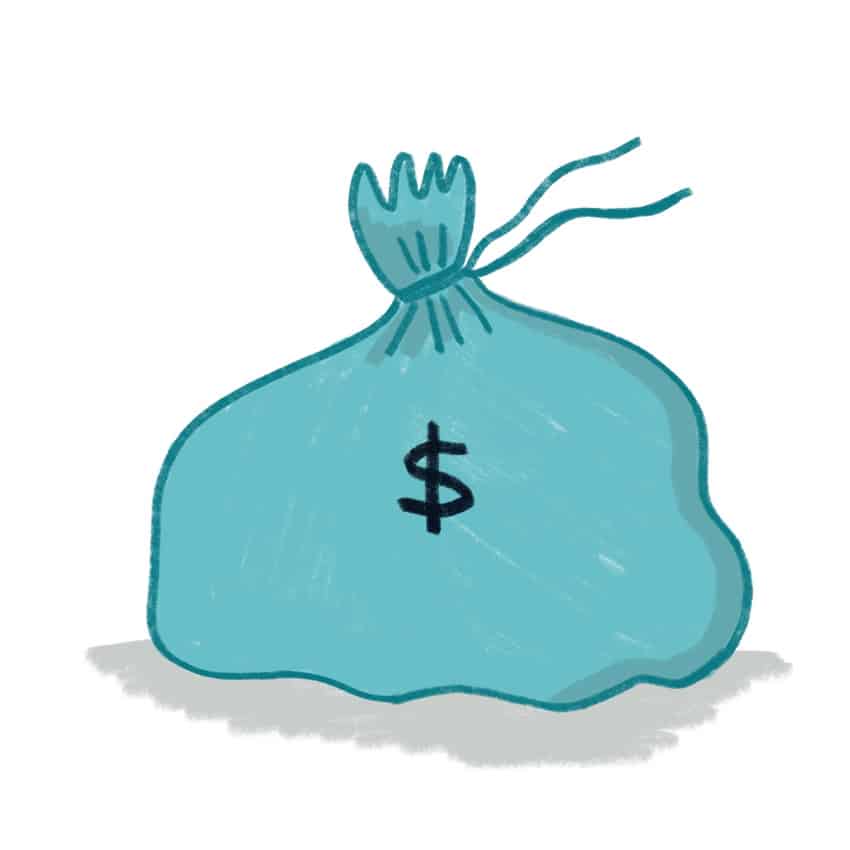
At this point every semester, you have probably opened the “Tuition and Fees” channel in PAWS and asked yourself — what is going on?
As a student, I am guilty of paying these fees without thinking further. Whether they’re for the USSU infrastructure or the World University Service of Canada, I don’t dwell on what they mean. I dutifully pay the fee and continue trying to keep up with the schoolwork slowly piling onto my desk.
During the pandemic, however, it has been more difficult to pay fees and forget about them until the next term. The university’s tuition freeze this year settled some anxieties about how to make ends meet during the pandemic, but it didn’t solve everything.
Despite the tuition freeze and options like the CERB, tuition is a big investment. The fear of not taking advantage of the courses you paid hefty fees for, or having to drop a class due to financial issues, is overwhelming. For students who don’t know what they want to do after their degree, thoughts of wasting money and time can even turn into self-doubt.
There is a mountain of issues that come with tuition fees and that is only from the student perspective. So how do we feel about the cost of a university education?
When I think about post-secondary education, I ponder about some of the world’s oldest universities and their core values of collaboration and unquelled curiosity about the world.
Whether it’s the University of al-Qarawiyyin in Morocco, Harvard in the United States or Salamanca in Spain, these institutions were, and still are, monuments of prestige across cultures and times. Initially, they were focused on enriching perspectives and minds with knowledge from different disciplines and using that to better the world around them.
Today’s university education, although it still emphasizes the tenets of curiosity and collaboration, doesn’t feel as wholesome and enriching as that of the past. Instead of engaging in thoughtful discussions about my courses and wholeheartedly doing my homework, you will probably find me stressing out about the mountain of things I have to get done by never-ending deadlines.
And as much as I wish this was different, tuition fees differ drastically between the post-secondary institutions of today and those of the past.
After World War Two, Canadian post-secondary education enrollment rapidly increased and by the mid-1960s most provinces had provincial college systems. In 1976, Canada signed onto the United Nations’ International Covenant on Economic, Social and Cultural Rights, which had a goal to progressively introduce free education at all levels.
In the 1980s, there was a shift as most jurisdictions cut funding for public programs. The average tuition fee at Canadian universities more than doubled between the early 1980s and 90s. From the 2000s to the present, students have faced growing financial barriers to pursuing a university education.
Although since then there have been tuition freezes and increases to provincial funding for education across Canada, it is disheartening to know that so many students have to choose between paying for an education or supporting themselves and their families.
If education is for the betterment of society, why has the model shifted from free higher education to one where students are often weighed down by their financial burdens?
I wish I could definitively answer this question, but there is no single answer. Tuition fees are difficult to understand and difficult to live with but, at least for now, they are a part of our lives.
As students, the best thing we can do is carry on the values championed by the world’s first universities: collaboration and a scholarly curiosity that drives us forward. By focusing on what makes a university, we can definitely make the most of our education and use it to change the high cost of learning.
—
Fiza Baloch | Staff Writer
Graphic: Anh Phan | Design Editor